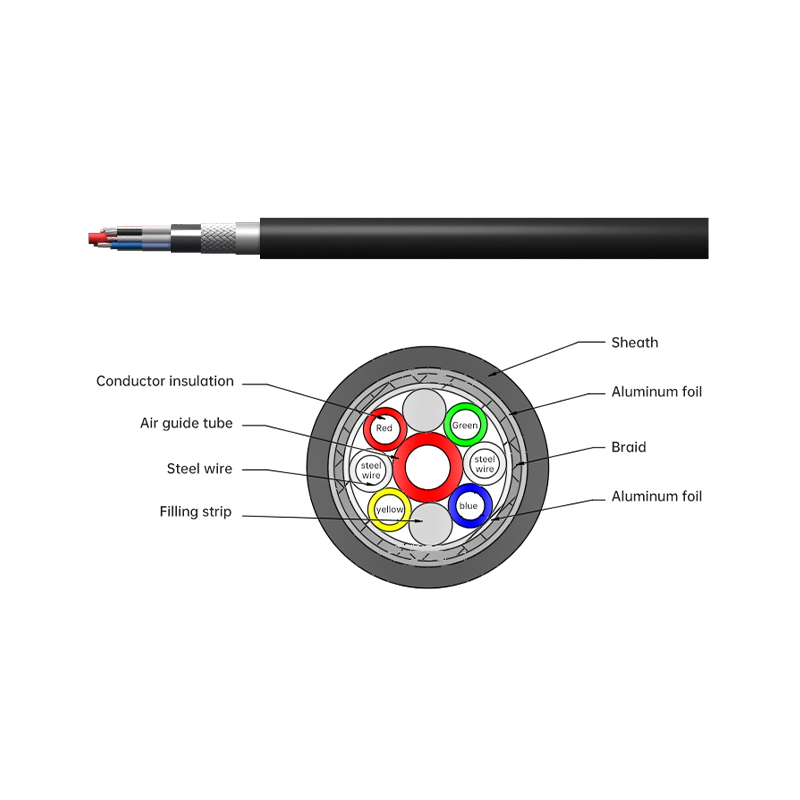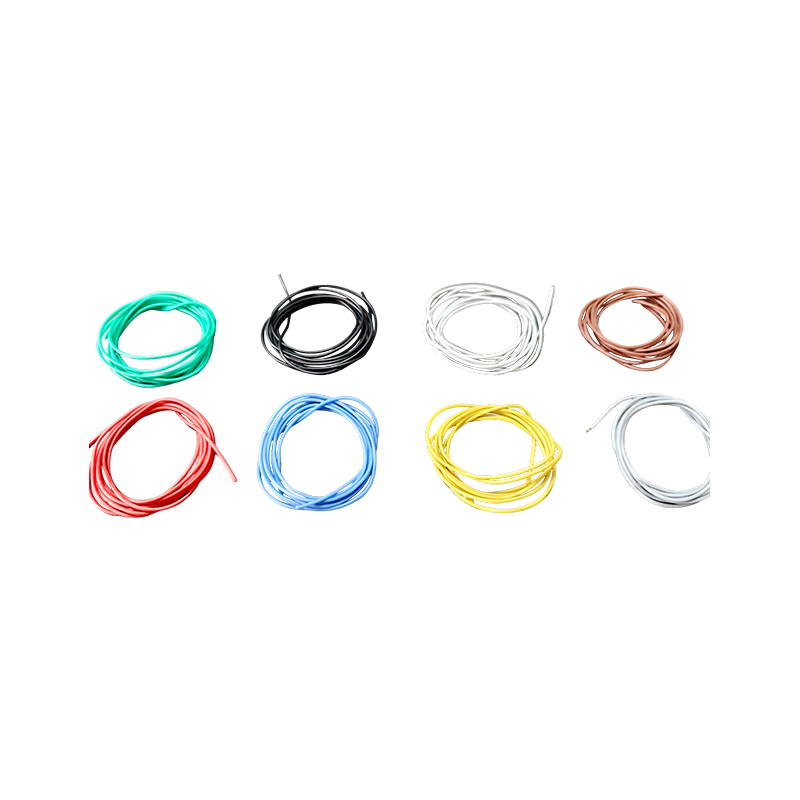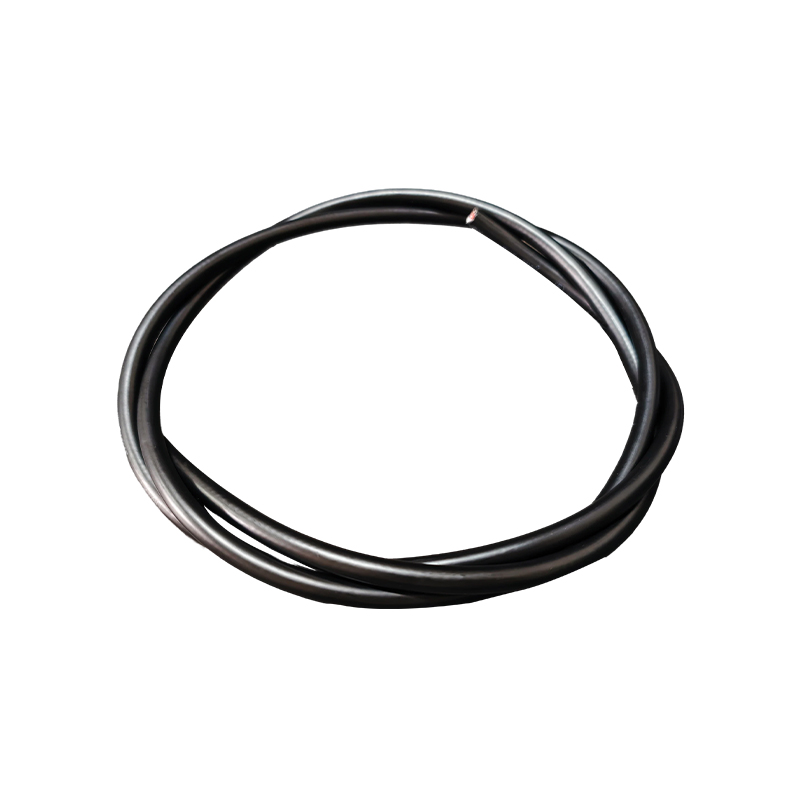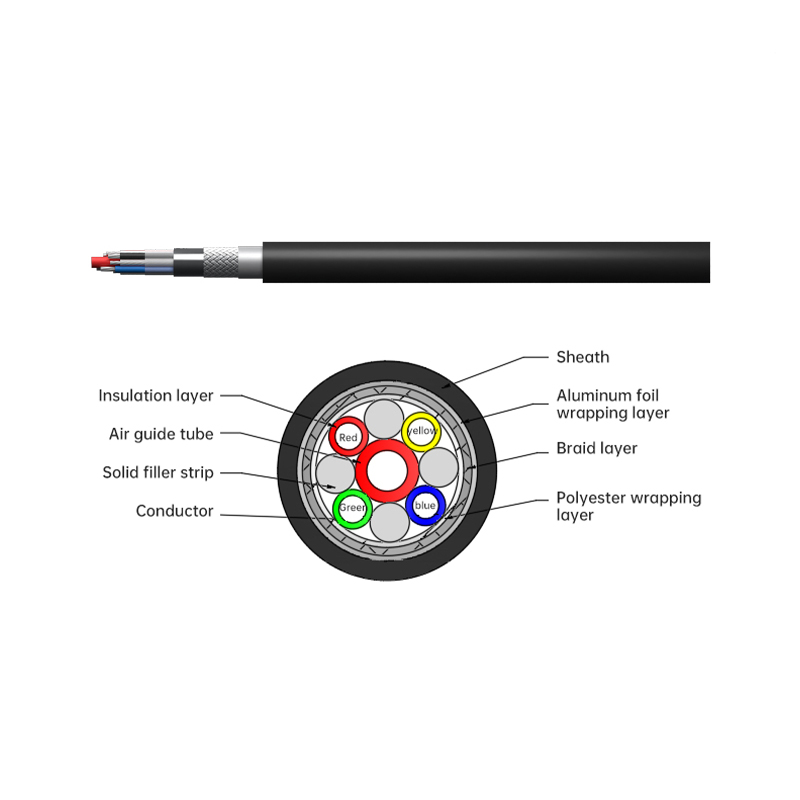The density and angle of the shielding layer also affect the shielding effect and need to be adjusted according to the sensor type and transmission distance.
- +86-17751331676
- 18690048081@163.com
- Liulin Town Industrial Park, Fengxiang District, Baoji City, Shaanxi Province







